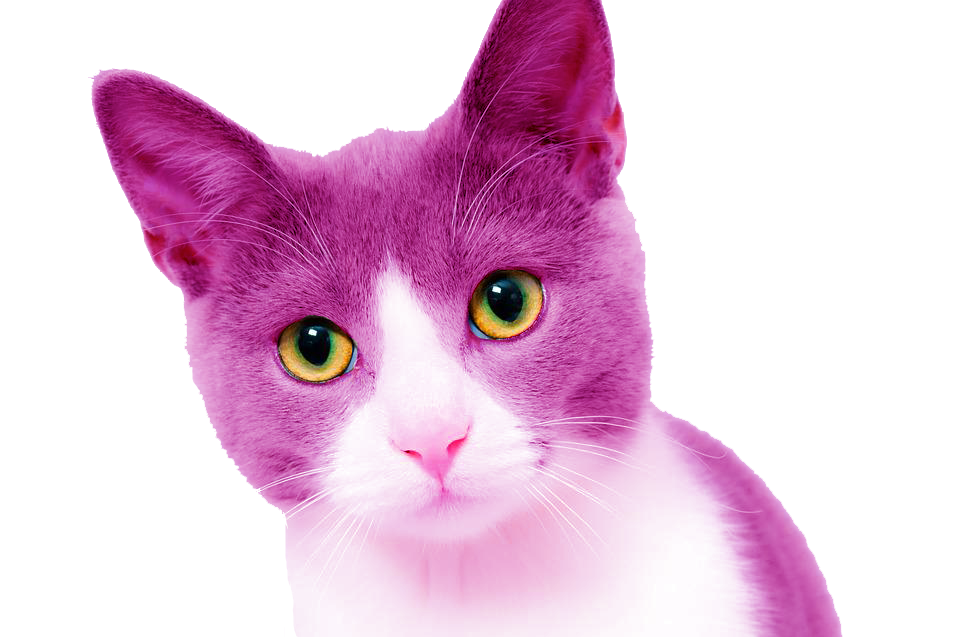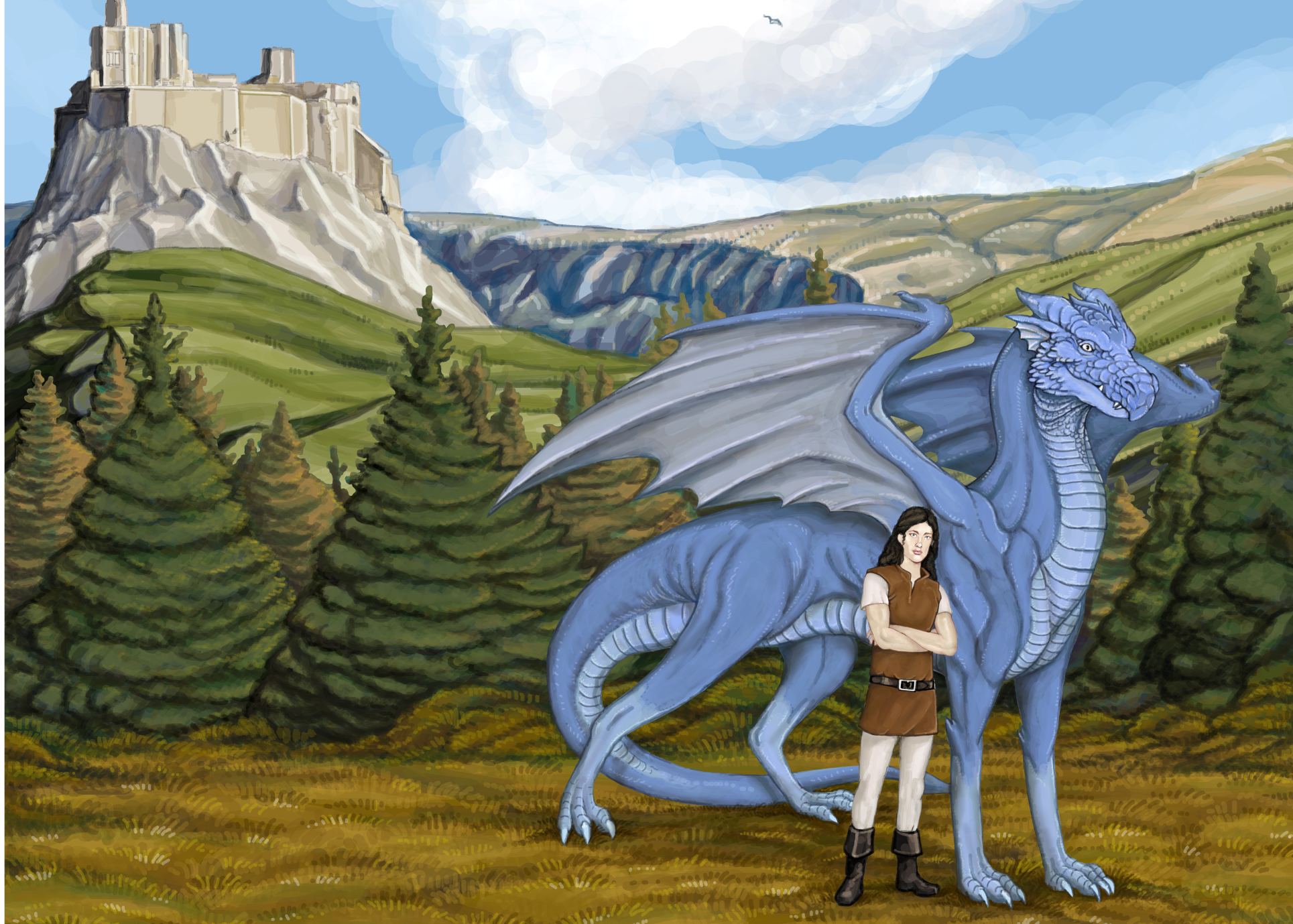Fae Cat
Basic Information
Anatomy
Fae Cats look like regular cats in most ways except size and fur colours.  Their colours can range from a pale blue to a vibrant pink. Though many would believe these colours to be a detriment to the survival of the species; they have developed an interesting survival mechanism. These cats are capable of not being where they seem to be. They also tend to blend in with the colourful flora of The Fae Wilds.
Their colours can range from a pale blue to a vibrant pink. Though many would believe these colours to be a detriment to the survival of the species; they have developed an interesting survival mechanism. These cats are capable of not being where they seem to be. They also tend to blend in with the colourful flora of The Fae Wilds.

pink kitty by inactive account then Misades in Photoshop
Growth Rate & Stages
Kits/Kittens:
0-4 years. Kittens are playful, rambunctious, and fearless. They tend to playfight with their siblings and parents, on occassion with the breeders if they have been bred. This tends to include teeth and claws in play since they do not understand they can cause serious harm.Young:
4-10 years. The young cats are a little more curious and less playful. Many breeders have found young cats hiding in drawers and cupboards. They are also learning to hunt on their own. They still like to play but are more demure about it, knowing that their teeth and claws are used to hunt and kill, as well as defend themselves. This is the age where they become fertile which can be confusing for them.Adult:
10-18 years. Adult cats are known for their hunting prowess and more willing to breed when nature takes over. They are aloof and skittish when it comes to people.Middle Aged:
18-25 years. Cats that make it to middle age still breed but are more sedate in their movement, preferring to saunter over running. This movement style makes them more effective hunters as they are not frightening their prey.Old:
25-30 years. The few who reach old age are lazy, tending to rely on the younger cats to supply them with food. They will lay still for hours in a sunlit patch relaxing their old bones. Though they do not actively hunt, if prey happens to wander too close they will take the opportunity to snatch it up. These cats are beyond such things as breeding and play, though they will soak up any attention they can get from those around them. Kittens are likely to climb over them without fear of getting swatted.Additional Information
Social Structure
Fae Cats live in a familial group with up to four generations together. They do this because they know that the old and the young need protecting, though what usually happens is the old cats look after the kits while the rest hunt.
They hunt in packs, whether it is flushing amount large groups of small animals or taking down larger game.
Domestication
Like most cats, Fae Cats are not so much domesticated as they choose to grace those who care for them with their presence. Those who are born from breeding programs are less likely to wander since they know where the food comes from.
Uses, Products & Exploitation
There are some who hunt the Fae Cats for their fur, which is sought out by clothes designers. Some of the more unscrupulous lutiers order copious amounts of 'catgut' for their instruments, thinking that the Fae Cat has magical properties which allows for their instruments to last longer and have a mellower sound. There are a few craftspeople/Fae who will order from a breeder, to be harvested when the Fae Cat dies of natural causes. One notable craftsfae who does this is Francine Du Plaint, she orders not only the fur but also sinew which she uses in the crafting of her Dresses.
Perception and Sensory Capabilities
Fae Cats can smell magic, which sends them into hiding.
They have acute nightvision and can see into the infrared red spectrum. Because of this they are very light sensitive and tend to stay in thickly wooded areas by day or in specially designed houses created by Satyr craftspeople.
Scientific Name
felinus magicus oraclim
Lifespan
twenty-five to thirty years
Conservation Status
The Fae Cats are endangered as there is less than five thousand throughout all of Corrigenda. Some Satyr's are breeding them in private and have small prides of ten to twelve animals.
Average Height
Fae Cats are known to range from 20cm up to 1.5m
Average Weight
Their average weight is incalculable due to the inability to get them to stay in one place long enough to be weighed.
Related Ethnicities





Comments